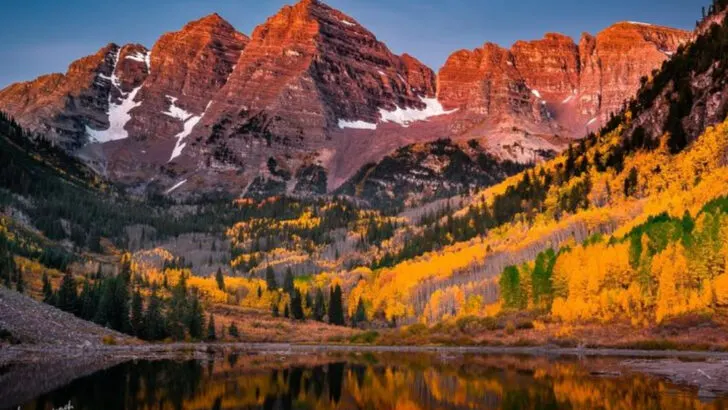Colorado is having a moment—and everyone got the memo. Trailheads are packed. Parking lots are war zones. That dreamy alpine lake? Now featuring 200 strangers and a drone. But here’s the good news: not every corner of Colorado has been swallowed by the Instagram crowd. There are still places where the air feels quiet, the paths are empty, and you can hear your boots crunch. This list gives you both—7 spots you might want to skip (for now) and 7 that still feel like your little secret. Just don’t tell too many people.
Rocky Mountain National Park
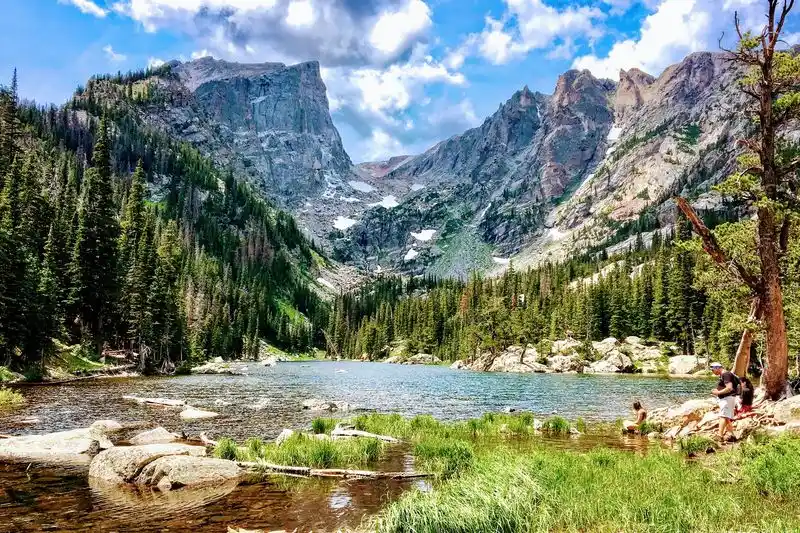
Rocky Mountain National Park is an iconic destination, drawing countless visitors each year. The bustling trails, particularly around Bear Lake, see heavy foot traffic, which has impacted the density of wildflowers. You might spot vibrant paintbrush and delicate alpine avens, but these are often tucked behind protective fences or further away from the main pathways. Despite the crowds, the park remains a symbol of towering peaks and expansive vistas. However, the sheer number of visitors often makes it challenging to experience the solitude and natural sounds that once defined this majestic landscape.
Garden of the Gods
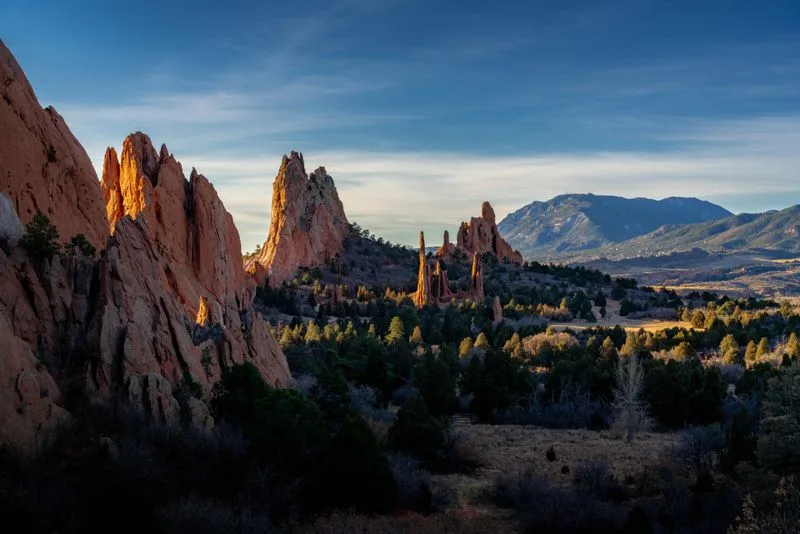
Garden of the Gods offers iconic red rock formations near Colorado Springs, attracting tourists year-round. However, the constant foot traffic has led to compacted soil, challenging for native plants like yucca and desert flowers to thrive. The early morning or quieter southern parts of the park offer a more serene experience, where the vibrant red rocks can be appreciated in peace. Despite its natural beauty, the park struggles with the balance between preserving its unique ecosystem and accommodating the steady influx of visitors.
Maroon Bells
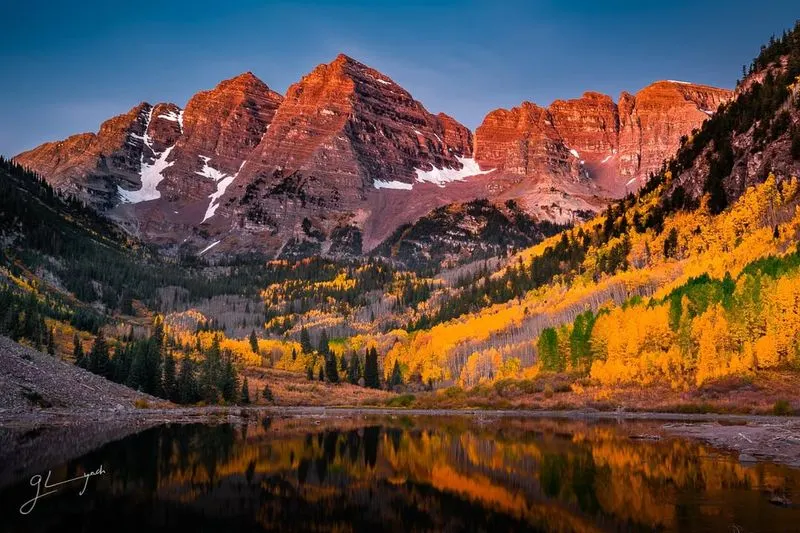
Maroon Bells, with its stunning alpine lakes and dramatic peaks, is a must-see for many. The area is renowned for its aspen groves and summer wildflowers, such as the striking blue columbine. However, with popularity comes congestion, and the crowds often spill into sensitive meadows. Boardwalks are in place to protect the delicate ecosystems, but the overwhelming number of visitors can make it difficult to find tranquility. Despite this, the breathtaking scenery continues to captivate and draw visitors from around the globe.
Hanging Lake
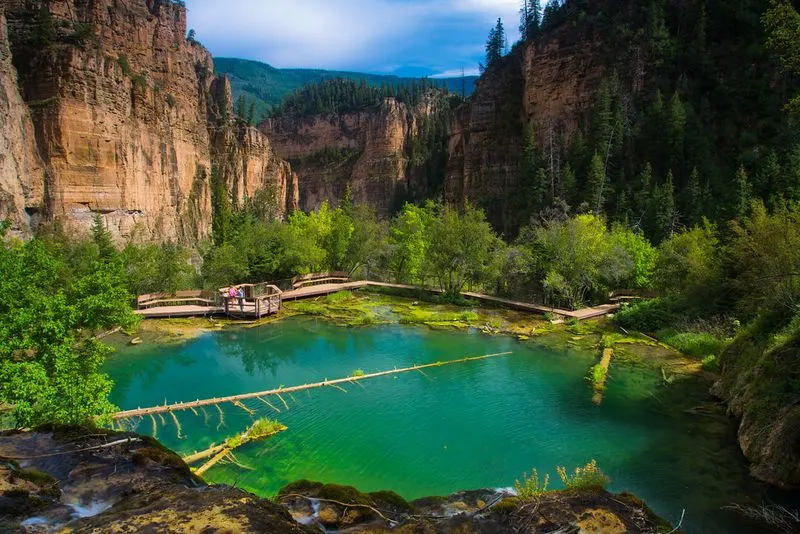
Hanging Lake is famed for its crystal-clear waters and lush surroundings. However, this fragile ecosystem faces challenges from the sheer volume of visitors. The area, rich with mosses and water-loving plants like ferns, struggles with erosion and the impact of overuse. Timed entry systems help manage the flow, yet the ecosystem remains sensitive. Visitors are constantly reminded to respect the environment, ensuring they stay on designated paths and away from the delicate greenery that defines this natural wonder.
Breckenridge
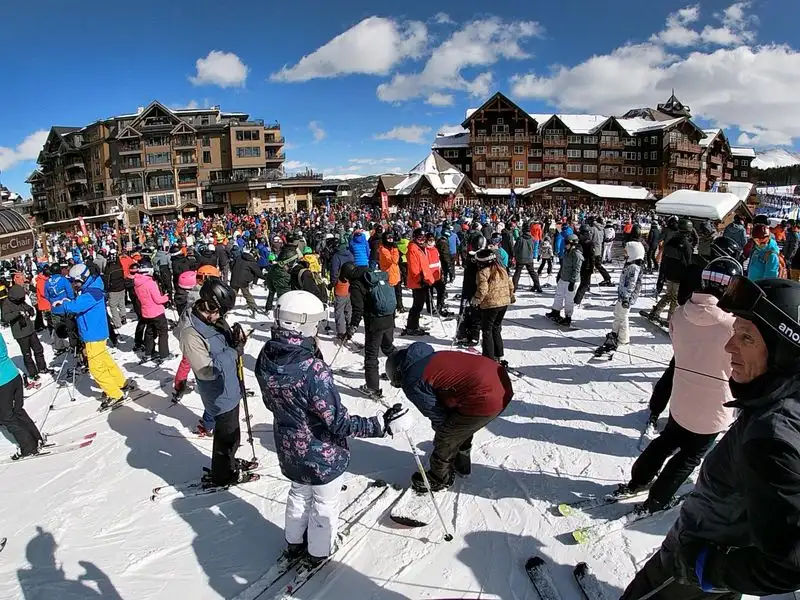
Breckenridge is a charming town known for its vibrant atmosphere and ski resorts. However, in public areas, ornamental plants often take precedence over native flora. Here, petunias and pansies brighten the streets, but native species like penstemons and grasses, which support local wildlife, are less common. The town’s beauty is undeniable, yet it reflects a more curated landscape, somewhat detached from the natural Colorado environment. This blend of natural beauty and tourist-driven modifications creates a unique but bustling vibe.
Estes Park
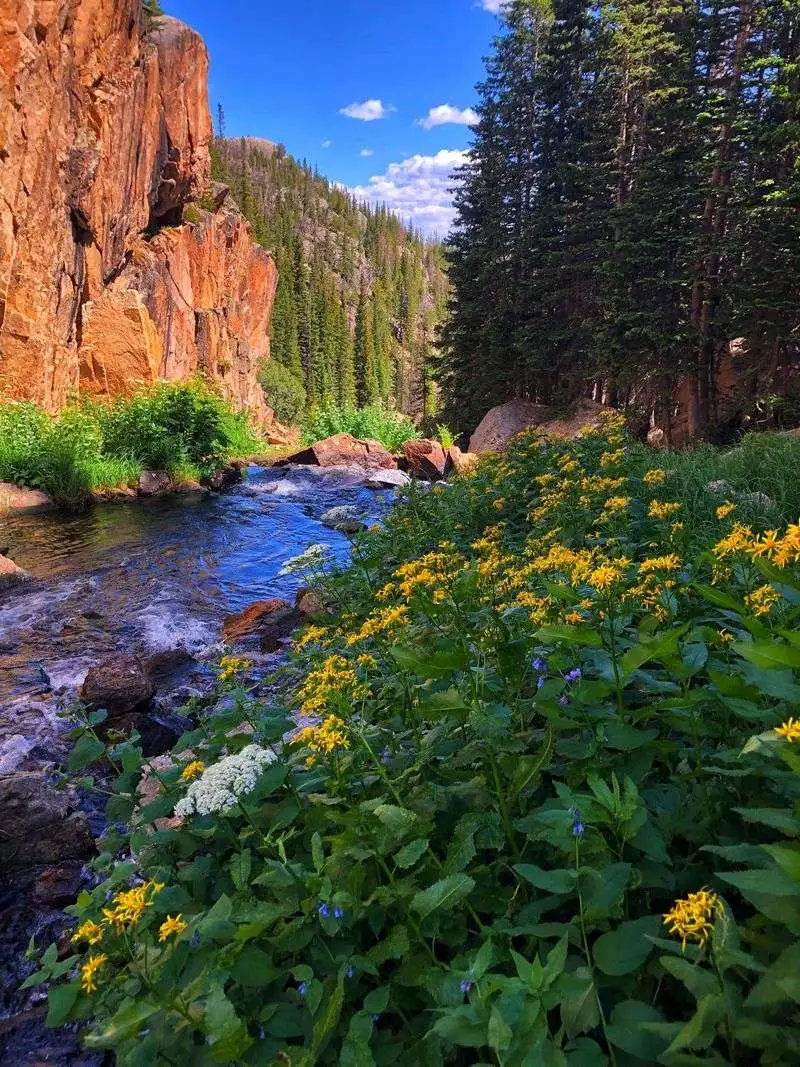
Estes Park boasts a charming downtown, filled with shops and attractions that draw visitors year-round. The area is vibrant, with decorative planters and hanging baskets featuring flowers like geraniums and snapdragons. However, these ornamental choices replace native mountain plants, offering a cultivated beauty that contrasts with the wild surroundings. While it’s a delightful spot for tourists, those seeking the untamed beauty of native flora might find it lacking. Still, it’s a picturesque and lively destination in the heart of Colorado’s majestic landscapes.
Telluride
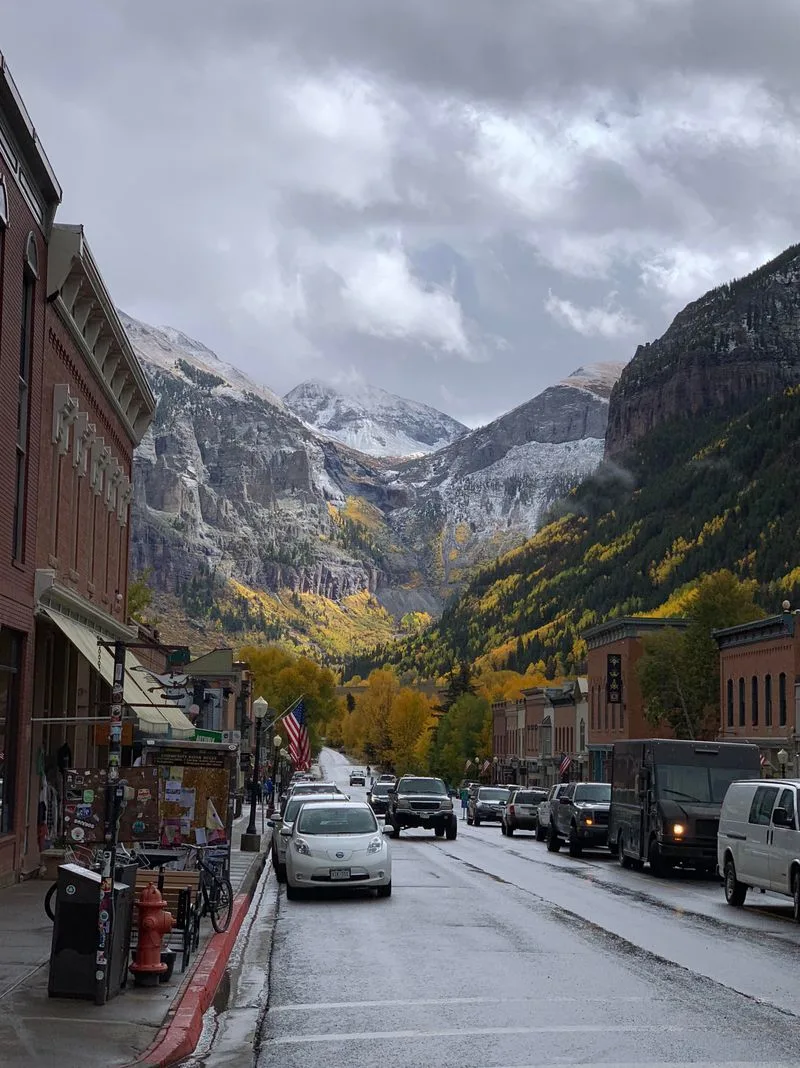
Telluride, nestled in a stunning mountain setting, is known for its picturesque beauty and vibrant arts scene. The town’s gardens, however, often feature non-native flowers like lilies and begonias, adding to the polished aesthetic. For those looking to connect with native flora, the surrounding trails offer a more authentic experience. The juxtaposition of manicured town gardens and the untamed wilderness beyond provides a unique charm. Telluride’s allure is undeniable, with its blend of natural wonder and cultural sophistication.
Crested Butte
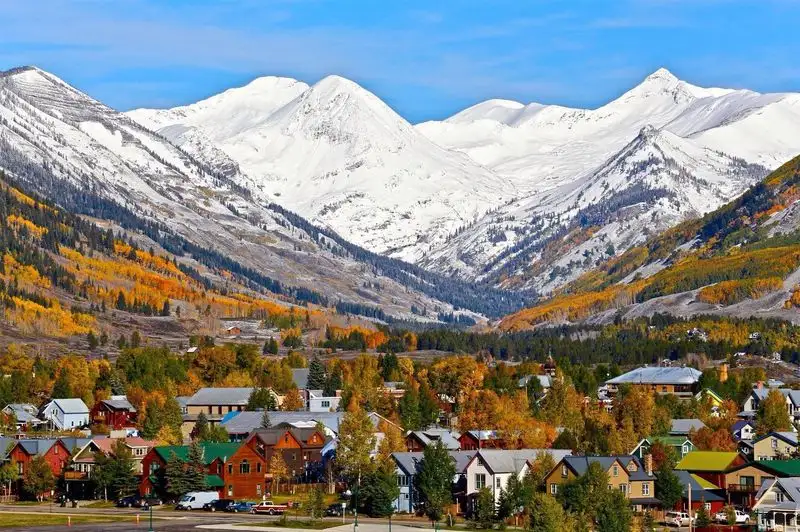
Crested Butte is celebrated as the wildflower capital, offering expansive fields of lupine, Indian paintbrush, and monkshood. Even during peak bloom, trails like Snodgrass Mountain provide quiet pockets where nature thrives undisturbed. The local community takes pride in preserving native plants, which is evident in both private gardens and public spaces. This dedication ensures a harmonious coexistence between residents and nature, creating a serene atmosphere. Crested Butte’s trails and views offer a refreshing escape from the hustle and bustle of more crowded destinations.
Paonia
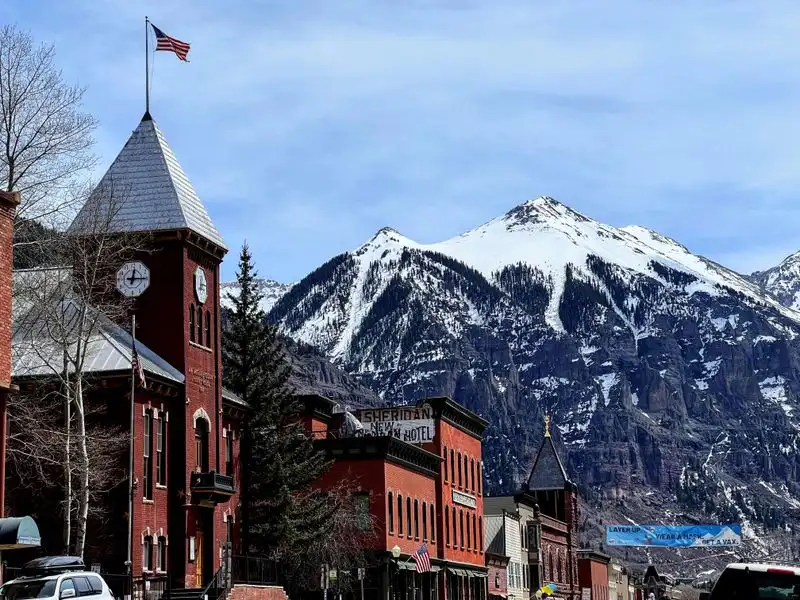
Paonia, tucked in the North Fork Valley, is a lesser-known gem that offers a peaceful retreat. The town is lined with orchards and homegrown vegetable gardens, while wildflower patches attract bees and butterflies. Milkweed, yarrow, and lavender thrive in this quaint setting with minimal human interference. The emphasis on sustainable living and native flora creates a unique biodiversity. Paonia’s charm lies in its simplicity and commitment to nature, providing a tranquil atmosphere that feels worlds away from the crowded tourist hotspots.
State Forest State Park

State Forest State Park, near Walden, offers a serene escape, less frequented than its more famous counterparts. The park’s alpine environment, with dwarf willows and cushion-like flowers, provides a refreshing contrast to busier destinations. Cool air and quiet trails make it easier to appreciate the subtle beauty of the tundra plants. Here, the absence of crowds allows for an intimate connection with nature, where the focus is on the delicate ecosystems that flourish in this high elevation sanctuary.
Lake City

Lake City, nestled in the San Juan Mountains, offers serene forest trails filled with spruce trees and seasonal wildflowers. Columbines and harebells grace the creek sides, offering a verdant escape. The tranquility of the area is enhanced by the low visitor numbers, providing a sense of solitude and peace. It’s a place where nature’s beauty is allowed to flourish unimpeded, creating a haven for those seeking refuge from the hustle of daily life. Lake City’s untouched landscapes are a testament to the enduring allure of the wild.
Cuchara
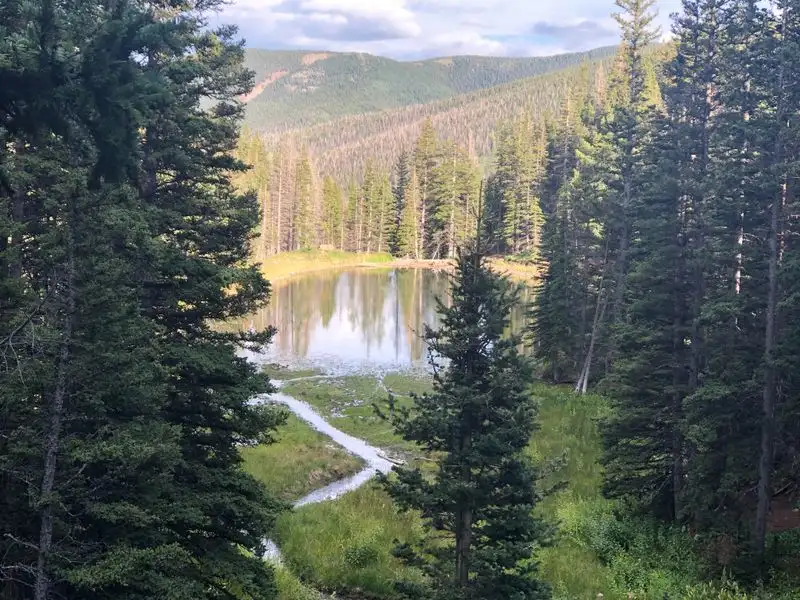
Cuchara, situated below the Sangre de Cristo range, is a haven for nature lovers. Grassy meadows stretch across the landscape, featuring native grasses and golden pea shrubs. Signs of elk and birdlife abound, offering a glimpse into the area’s rich biodiversity. The untouched plant life near Cordova Pass creates a sense of wilderness, providing an oasis for those seeking tranquility. Cuchara’s natural beauty and quietude make it an ideal spot for introspection and appreciation of the simpler aspects of nature.
Westcliffe
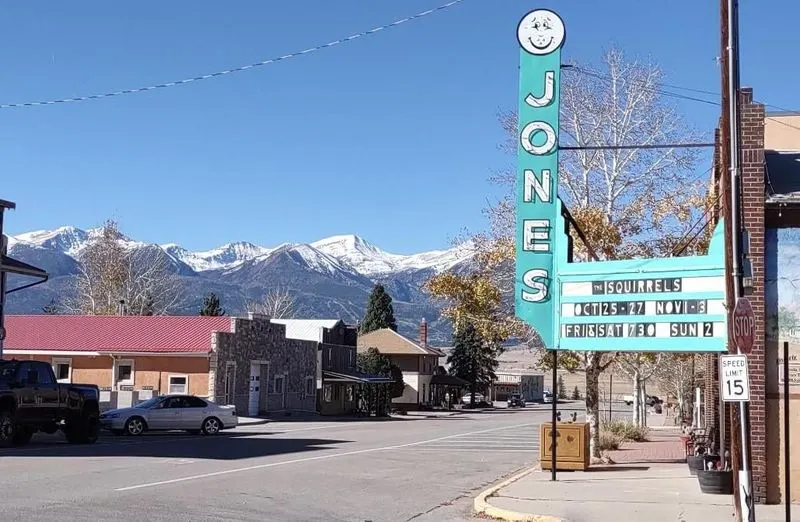
Westcliffe offers expansive meadows with stunning mountain backdrops, where fields of coneflower, flax, and blazing star flourish. Locals tend toward native plantings, ensuring the area’s natural beauty is preserved. Nearby trails like Rainbow Trail are quiet enough to hear the gentle hum of bees at work. The combination of majestic landscapes and the emphasis on native flora creates a harmonious environment. Westcliffe is a place where the splendor of Colorado’s wilderness can be experienced without the distractions of larger crowds.
Yampa
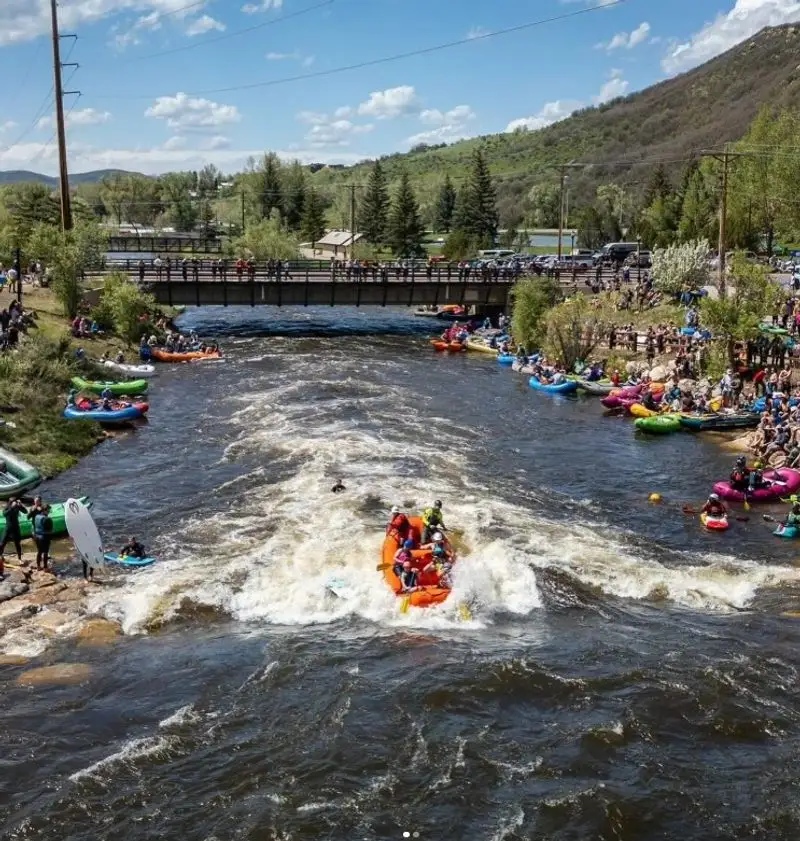
Yampa, located north of Steamboat Springs, borders serene wetlands filled with cattails, willows, and sedges. The coolness of the area provides a refreshing contrast, attracting dragonflies and herons as well as quiet seekers. The tranquility of the ponds offers a spectacle of nature’s beauty, where the soft murmur of water creates a soothing ambiance. Yampa’s wetland ecosystems are a haven for diverse wildlife, providing a space where the simplicity and elegance of nature can be observed in its purest form.

